Wine regions worldwide produce extraordinary vintages that rival the most celebrated European appellations, demonstrating that exceptional terroir and passionate winemaking extend far beyond the traditional boundaries of France and Italy. These emerging and established wine destinations offer unique varietals, innovative techniques, and distinctive flavors shaped by diverse climates, soils, and cultural traditions, creating entirely new wine experiences.
Here is a list of 20 wine regions beyond France and Italy, each offering distinctive wines and unforgettable tasting experiences in spectacular settings.
Douro Valley
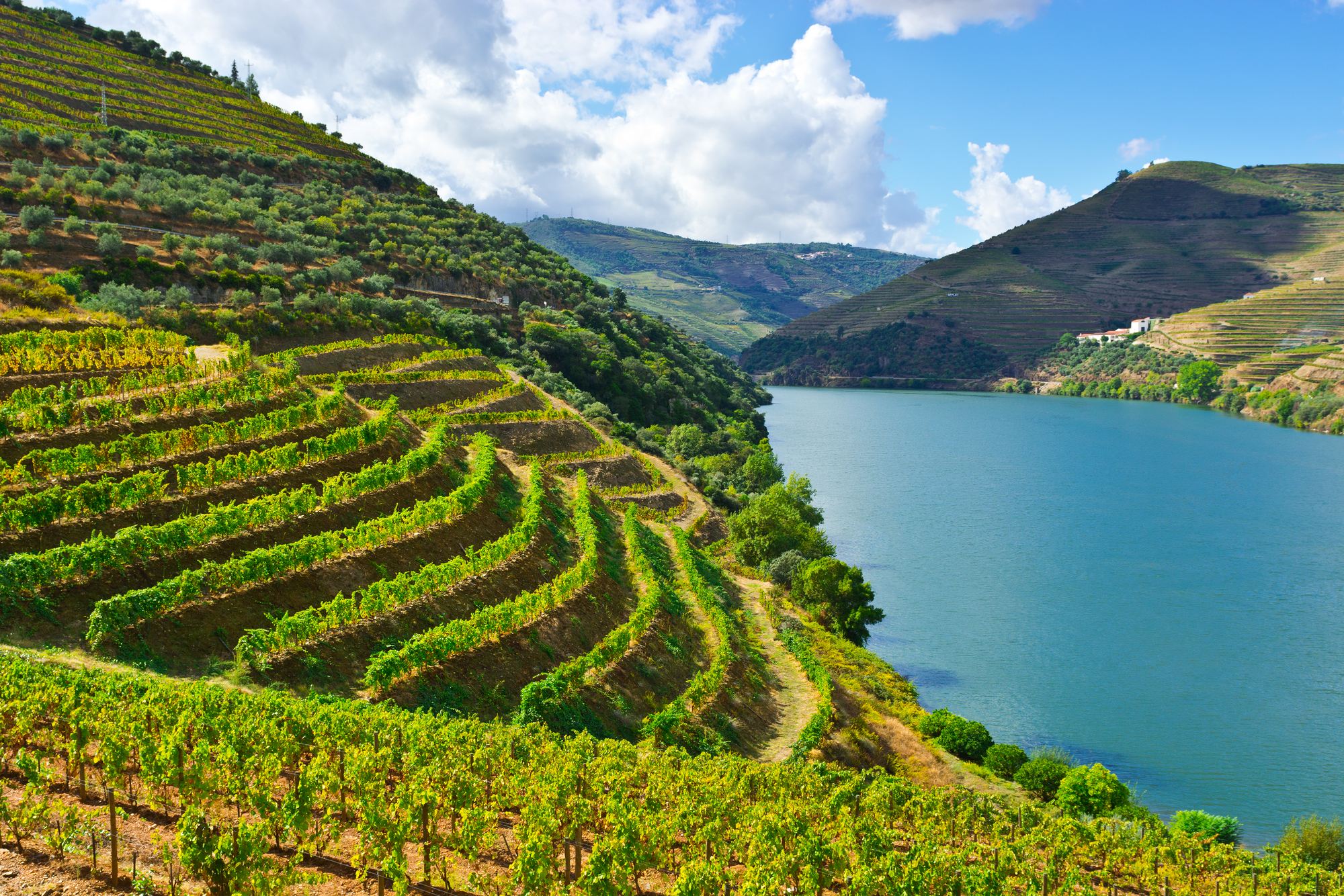
Portugal’s oldest demarcated wine region cascades down terraced hillsides along the Douro River, where ancient vines produce both world-renowned port wines and exceptional dry reds that showcase indigenous Portuguese grape varieties. The region’s schist soils and extreme climate conditions create intense, concentrated wines with unique mineral characteristics that reflect centuries of winemaking tradition.
Quintas (wine estates) carved into nearly vertical slopes demonstrate human determination to cultivate grapes in seemingly impossible terrain, resulting in wines with distinctive character that can’t be replicated anywhere else in the world.
Mendoza

Argentina’s premier wine region is situated at the base of the Andes Mountains, where high-altitude vineyards benefit from intense sunlight, cool nights, and pure snowmelt irrigation, creating ideal conditions for Malbec production. The region’s elevation ranges from 2,000 to over 5,000 feet above sea level, allowing winemakers to plant different varieties at optimal altitudes.
At the same time, the dramatic mountain backdrop creates one of the world’s most scenic wine destinations. Mendoza’s success has transformed Argentina into a global wine power, with Malbec wines that rival the best from any region, while maintaining a distinctly South American character.
Like Travel Pug’s content? Follow us on MSN.
Marlborough

New Zealand’s South Island region revolutionized Sauvignon Blanc production with crisp, aromatic wines that display intense tropical fruit flavors and herbaceous notes, which are impossible to achieve in warmer climates. The region’s cool maritime climate, long growing season, and unique combination of river valleys and coastal influences create ideal conditions for white wine production that has made New Zealand famous worldwide.
Marlborough’s success story demonstrates how new world regions can establish international reputations within just a few decades by focusing on varieties perfectly suited to local conditions.
Barossa Valley

Australia’s most famous wine region combines German heritage with Australian innovation, producing powerful Shiraz wines from vines planted by 19th-century immigrants who created a unique winemaking culture in the South Australian hills. The region boasts some of the world’s oldest continuously producing vines, with several vineyards featuring Shiraz plants that are over 150 years old, producing wines of incredible concentration and complexity.
Family-owned wineries, often spanning multiple generations, create wines that reflect both European traditions and distinctly Australian innovation in viticulture and winemaking.
Stellenbosch

South Africa’s premier wine region surrounds the historic university town, with mountain-flanked valleys that create ideal conditions for both red and white wine production, thanks to the Mediterranean climate and diverse soils. The region’s apartheid-era isolation paradoxically preserved old vine material and traditional winemaking techniques that now contribute to exceptional wines today, as South African producers gain international recognition.
Stellenbosch combines spectacular mountain scenery with world-class wine estates that showcase indigenous varieties, such as Pinotage, alongside international classics adapted to the African terroir.
Like Travel Pug’s content? Follow us on MSN.
Napa Valley

California’s most prestigious wine region transformed from an agricultural backwater to a global wine destination through the relentless pursuit of quality and innovation, which proved that American wines could compete with the world’s finest. The valley’s Mediterranean climate, diverse soils, and passionate winemakers created the foundation for Cabernet Sauvignon wines that consistently earn international acclaim while establishing California as a serious wine-producing region.
Napa’s success sparked the American wine revolution and continues to push boundaries through sustainable farming practices and cutting-edge winemaking technology.
Rioja

Spain’s most celebrated wine region produces age-worthy Tempranillo wines that combine traditional Spanish character with modern winemaking techniques, creating distinctive reds that reflect centuries of viticultural evolution. The region’s classification system emphasizes aging requirements that make complex, mature wines with secondary flavors developed through extended barrel and bottle aging.
Rioja’s success demonstrates how traditional European regions, outside France and Italy, can maintain their historical identity while adapting to contemporary wine markets and consumer preferences.
Hunter Valley
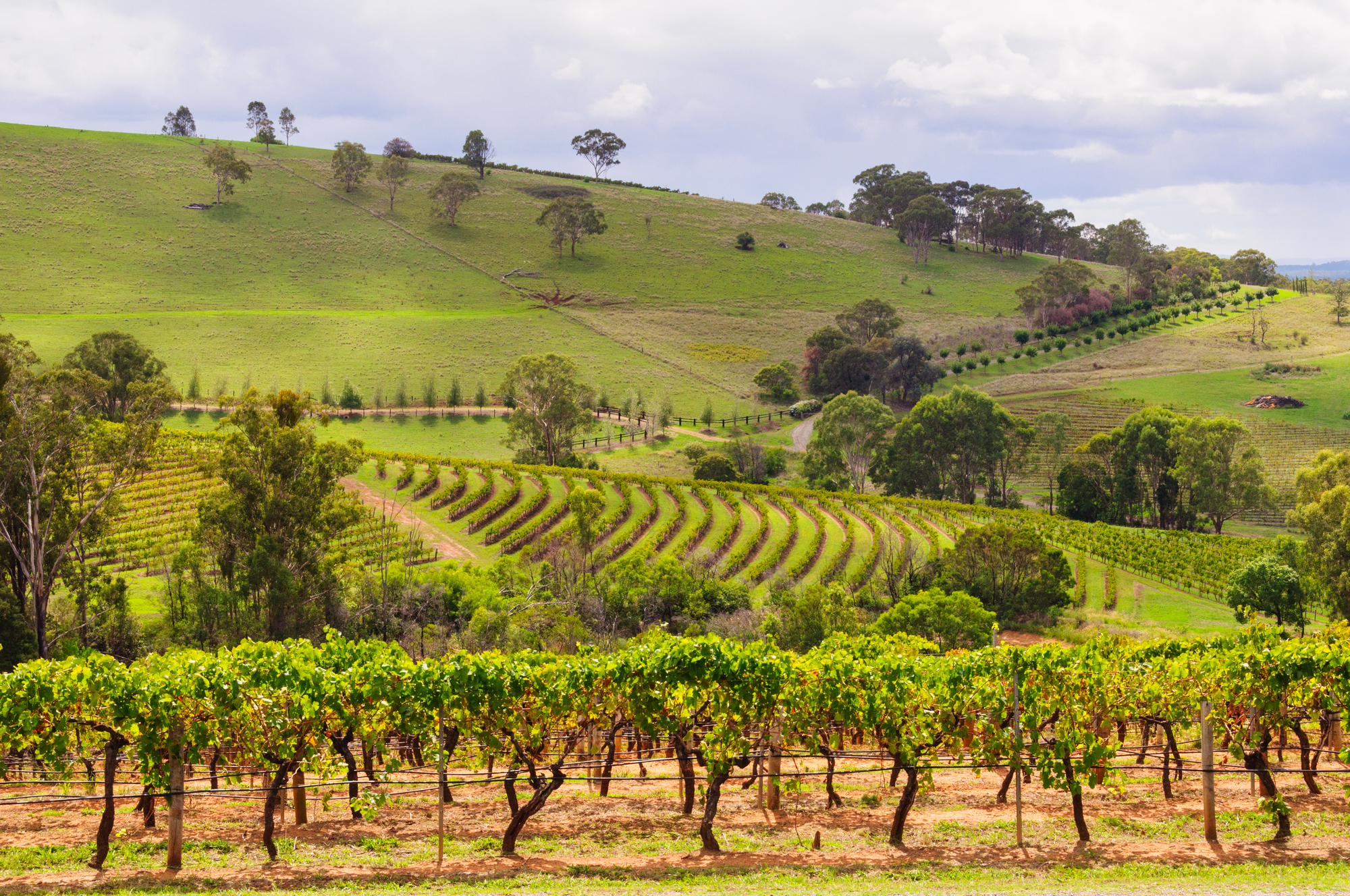
New Zealand’s southernmost wine region produces exceptional Pinot Noir in dramatic landscapes surrounded by mountains and lakes, where extreme continental climate creates wines with intensity and elegance that rival the best from Burgundy. The region’s high altitude, intense UV radiation, and dramatic diurnal temperature variation create ideal conditions for Pinot Noir. At the same time, the stunning alpine scenery makes it one of the world’s most beautiful wine destinations.
Central Otago’s rapid rise to international prominence demonstrates how new regions can rapidly establish reputations for specific varieties when climate and soil conditions align perfectly.
Like Travel Pug’s content? Follow us on MSN.
Mosel Valley

Germany’s steep riverside vineyards produce ethereal Riesling wines with the perfect balance of sweetness and acidity, showcasing how cool climate conditions can create wines of incredible finesse and longevity. The region’s slate soils and extreme vineyard slopes require hand harvesting and traditional winemaking techniques that preserve the delicate character of German Riesling.
Mosel wines demonstrate the potential for white wines to achieve the same complexity and aging potential as great red wines while expressing unique mineral characteristics derived from distinctive geological conditions.
Santorini

Greece’s volcanic island produces distinctive Assyrtiko wines from vines trained in basket shapes to protect against fierce Mediterranean winds, creating whites with remarkable acidity and mineral complexity. The island’s volcanic soils, extreme weather conditions, and ancient viticultural practices result in wines that express pure volcanic terroir while maintaining a connection to thousands of years of winemaking history.
Santorini’s unique growing conditions and indigenous grape varieties produce wines that taste unlike anything else in the world.
Priorat
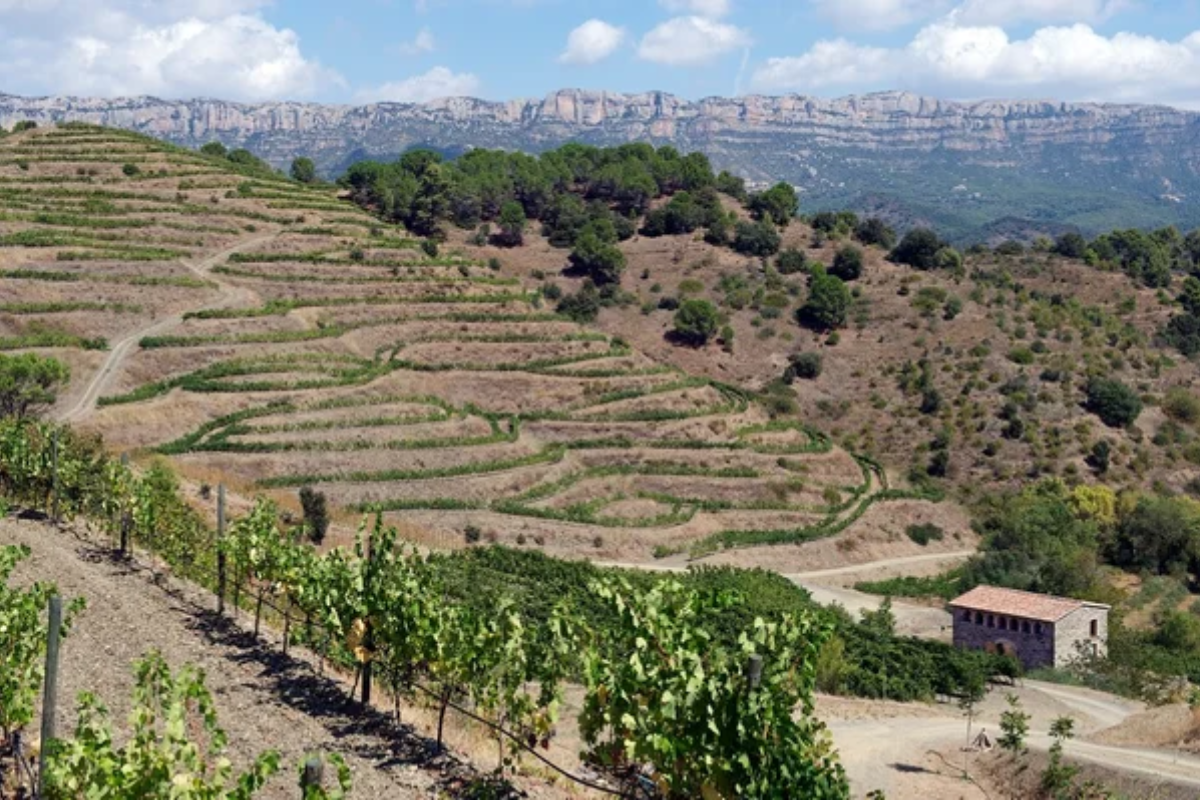
Spain’s mountainous region produces intensely concentrated wines from old vines planted in slate soils, where extreme conditions and low yields create reds with remarkable power and complexity that have earned international acclaim. The region’s renaissance began in the 1980s when visionary winemakers recognized the potential of abandoned vineyards and traditional varieties, transforming a forgotten region into one of Spain’s most prestigious wine destinations.
Priorat demonstrates how dedication to quality and respect for terroir can revive wine regions that seemed destined for obscurity.
Like Travel Pug’s content? Follow us on MSN.
Willamette Valley
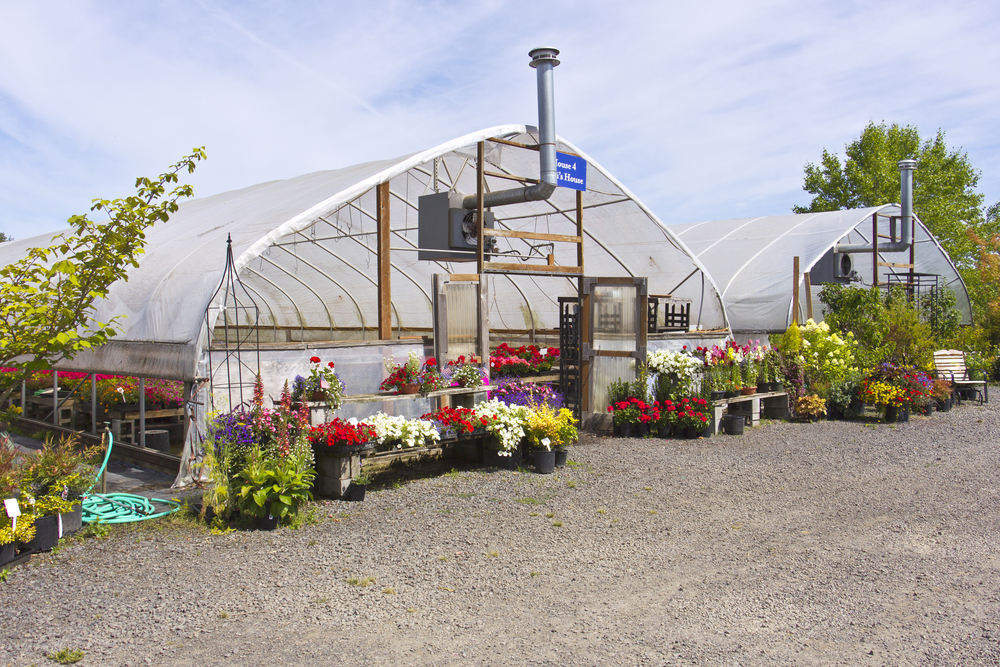
Oregon’s cool climate region produces elegant Pinot Noir wines that express Pacific Northwest terroir through a combination of volcanic soils, maritime influence, and passionate winemaking that emphasizes finesse over power. The region’s commitment to sustainable farming practices and small-scale production creates wines that reflect environmental consciousness alongside exceptional quality.
Willamette Valley’s success with Pinot Noir proves that American wine regions can specialize in specific varieties while developing distinctive regional character that sets them apart from California’s broader approach.
Casablanca Valley

Chile’s cool coastal region benefits from the influence of the Pacific Ocean and morning fog, creating ideal conditions for white wine production, particularly Sauvignon Blanc and Chardonnay, which express fresh, elegant characters. The region’s proximity to both the ocean and the mountains creates diverse microclimates within a compact area, allowing winemakers to match specific varieties with optimal growing conditions.
The emergence of the Casablanca Valley as Chile’s premier white wine region demonstrates how careful site selection and climate analysis can create successful wine regions in unexpected locations.
Finger Lakes

New York’s glacially carved lakes create unique microclimates that moderate extreme continental weather, producing exceptional Riesling wines that showcase American interpretations of this classic German variety. The region’s deep lakes store thermal energy that protects vines from harsh winter conditions while extending the growing season for optimal ripening.
Finger Lakes proves that wine regions can succeed in challenging climates through an understanding of local geographical features and the selection of appropriate grape varieties.
Like Travel Pug’s content? Follow us on MSN.
Uco Valley

Argentina’s high-altitude region in Mendoza province elevates vineyards to extreme heights where intense solar radiation and cool nights create wines with remarkable concentration and freshness. The valley’s elevation ranges from 3,000 to over 5,000 feet above sea level, allowing precise matching of varieties with optimal altitudes, while the Andes Mountains provide spectacular backdrops for wine tourism.
Uco Valley represents the cutting edge of Argentine winemaking, where altitude replaces latitude as the primary factor determining wine style and quality.
Walla Walla Valley

Washington State’s acclaimed region straddles the border with Oregon, producing exceptional red wines from diverse soils and microclimates that create ideal conditions for Cabernet Sauvignon, Merlot, and Syrah. The region’s continental climate, with warm days and cool nights, allows for extended ripening periods that develop complex flavors while maintaining natural acidity.
Walla Walla’s rapid rise to prominence demonstrates how American wine regions can quickly establish international reputations through focus on quality and distinctive terroir expression.
Colchagua Valley

Chile’s renowned red wine region benefits from a Mediterranean climate and diverse soils that create ideal conditions for Cabernet Sauvignon and Carmenère, the latter being a variety nearly extinct elsewhere but thriving in Chile’s unique conditions. The valley’s combination of warm days, cool nights, and Andes mountain influence creates wines with power and elegance that have elevated Chile’s international wine reputation.
Colchagua demonstrates how South American regions can specialize in specific varieties while developing unique expressions that differentiate them from European originals.
Like Travel Pug’s content? Follow us on MSN.
Hawke’s Bay
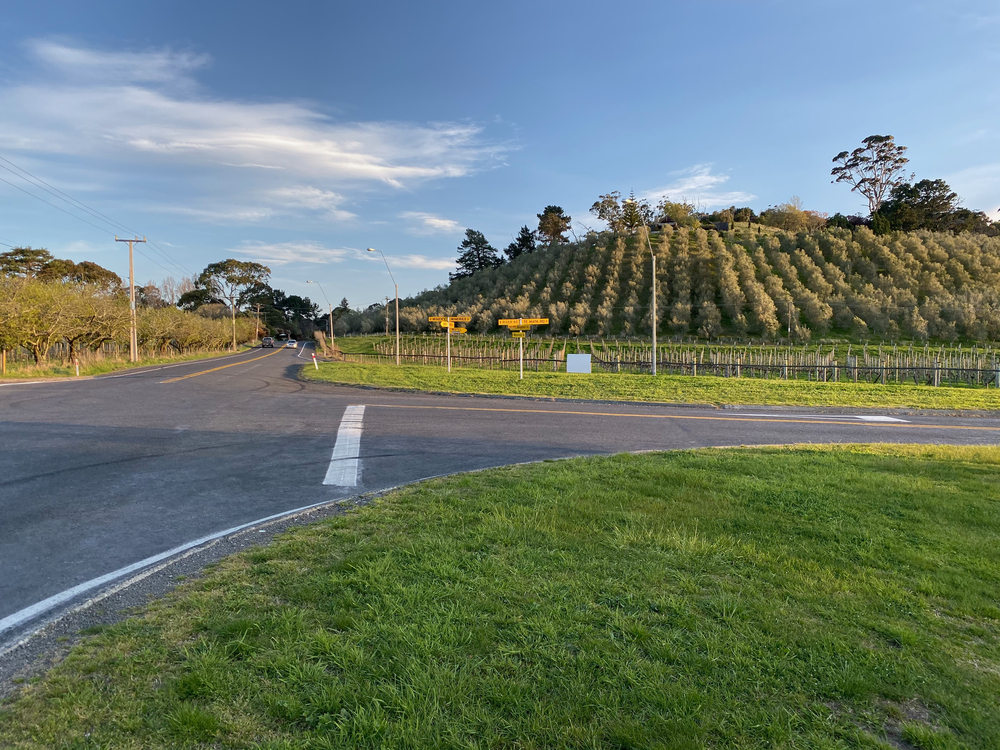
New Zealand’s North Island region produces outstanding red wines, particularly Cabernet Sauvignon blends, in a climate warm enough for full ripening while maintaining the freshness characteristic of New Zealand wines. The region’s diverse soils and maritime influence create complex growing conditions that allow the production of both powerful reds and elegant whites within the same geographic area.
Hawke’s Bay shows how New Zealand wine regions can successfully produce varieties beyond the Sauvignon Blanc and Pinot Noir that initially established the country’s reputation.
Bekaa Valley
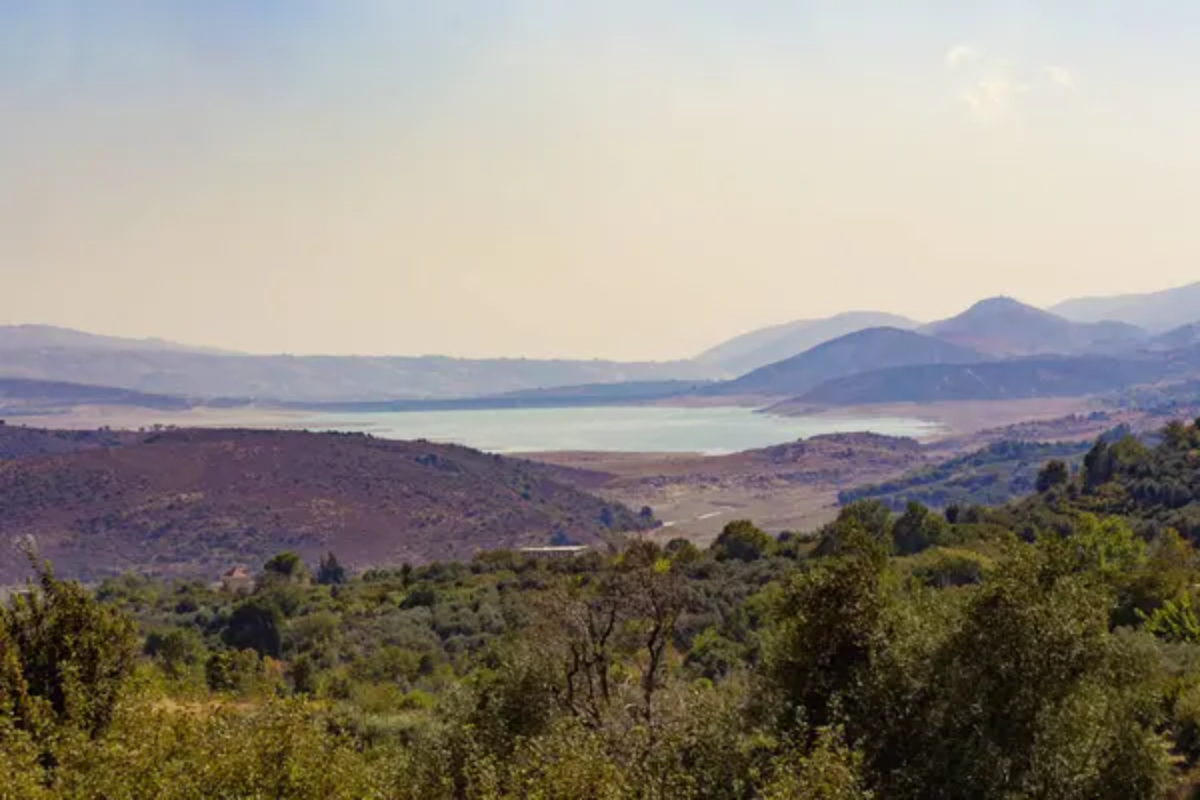
Lebanon’s ancient wine region has continued thousands of years of winemaking tradition in high-altitude vineyards that benefit from the Mediterranean climate, moderated by elevation and continental influences. The valley’s limestone soils and extreme diurnal temperature variation create ideal conditions for both indigenous and international varieties, while political challenges have preserved traditional winemaking methods alongside modern techniques.
The Bekaa Valley demonstrates how wine regions can maintain cultural continuity despite historical upheaval, while producing wines that compete internationally.
A World of Wine Awaits
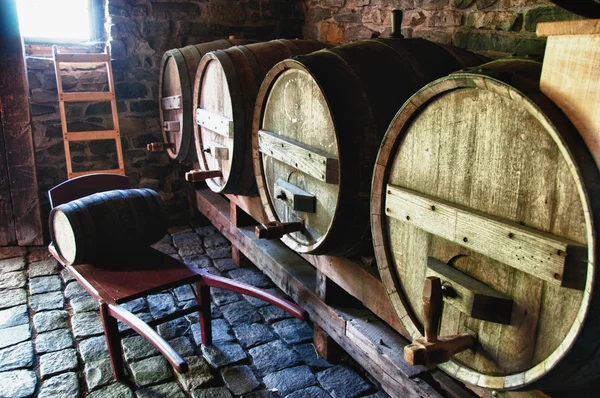
These extraordinary wine regions prove that exceptional terroir exists across the globe, where passionate winemakers combine local conditions with innovative techniques to create wines that rival the most celebrated European appellations. Each region’s success story illustrates how understanding the relationships between climate, soil, and grape variety can produce distinctive wines that reflect unique geographic and cultural characteristics.
The diversity of styles, varieties, and approaches found in these regions shows that wine excellence knows no geographic boundaries, only the limits of human creativity and dedication to quality. These emerging and established wine destinations offer wine lovers the chance to explore new flavors, experience different cultures, and discover that the world’s greatest wines may come from places they never expected to find them.
Like Travel Pug’s content? Follow us on MSN.
More from Travel Pug

- 20 Best Beach Towns in the Carolinas
- 13 Destinations Where Tourists Regularly Regret Their Trip
- 20 Destinations That Are More Magical Without an Itinerary
- 20 Underrated Adventures That Belong on Your Travel List
- 20 Cities Where You Should Just Wing It, No Planning Required
Like Travel Pug’s content? Follow us on MSN.N.
